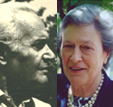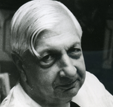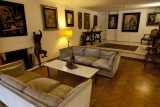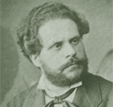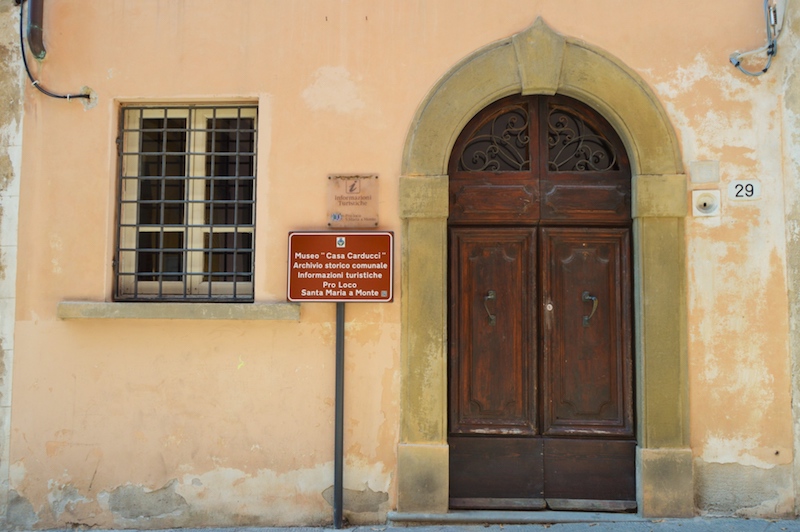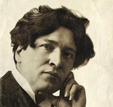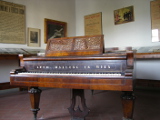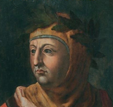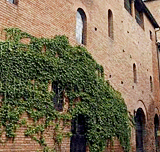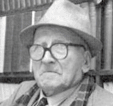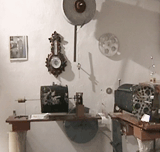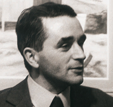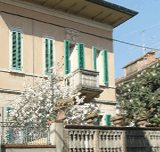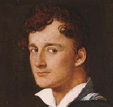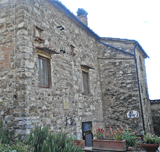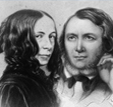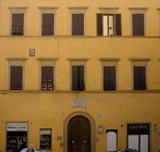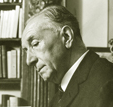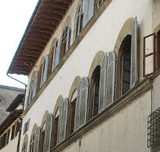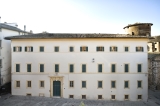
- Address: Via dei Priori, 84 06123 PERUGIA
- Visiting Hours:
The Archive and the library of the Foundation can be consulted by making an appointment.
It is possible to visit the halls of the Foundation with a guided tour:
from OCTOBER to MAY
Saturday at 16.00 and 17.00
Sunday at 10.30 and 11.30
from June to September
Thursday at 16.00 and 17.00
Sunday at 16.00 and 17.00).
For groups or special needs, also on other days, write an email to
This email address is being protected from spambots. You need JavaScript enabled to view it. . - Website:
- Contact:
Fondazione Marini Clarelli Santi - Perugia
The Palazzo degli Oddi, previously the residence Marini Clarelli, now the House Museum, is located in the heart of Perugia, an area of the city occupied by the family as early as medieval times. Today, it is still one of the most important streets leading to Perugia’s main square. The Palace was built around the middle of the 16th century and was inhabited until 1942. The last owner, the Marchioness Barbara Marini Clarelli (Perugia 1929-2007), a painter, restorer and local historian, declared in her will the desire to establish a foundation that would combine his name with that of her beloved husband, a celebrated art historian, Francesco Santi (Perugia 1914-1993). Her vision was to ensure the Palace remained accessible an a place to study for the history of the degli Oddi family, one of the oldest Italian noble families that had a significant influence on the history of Perugia.



